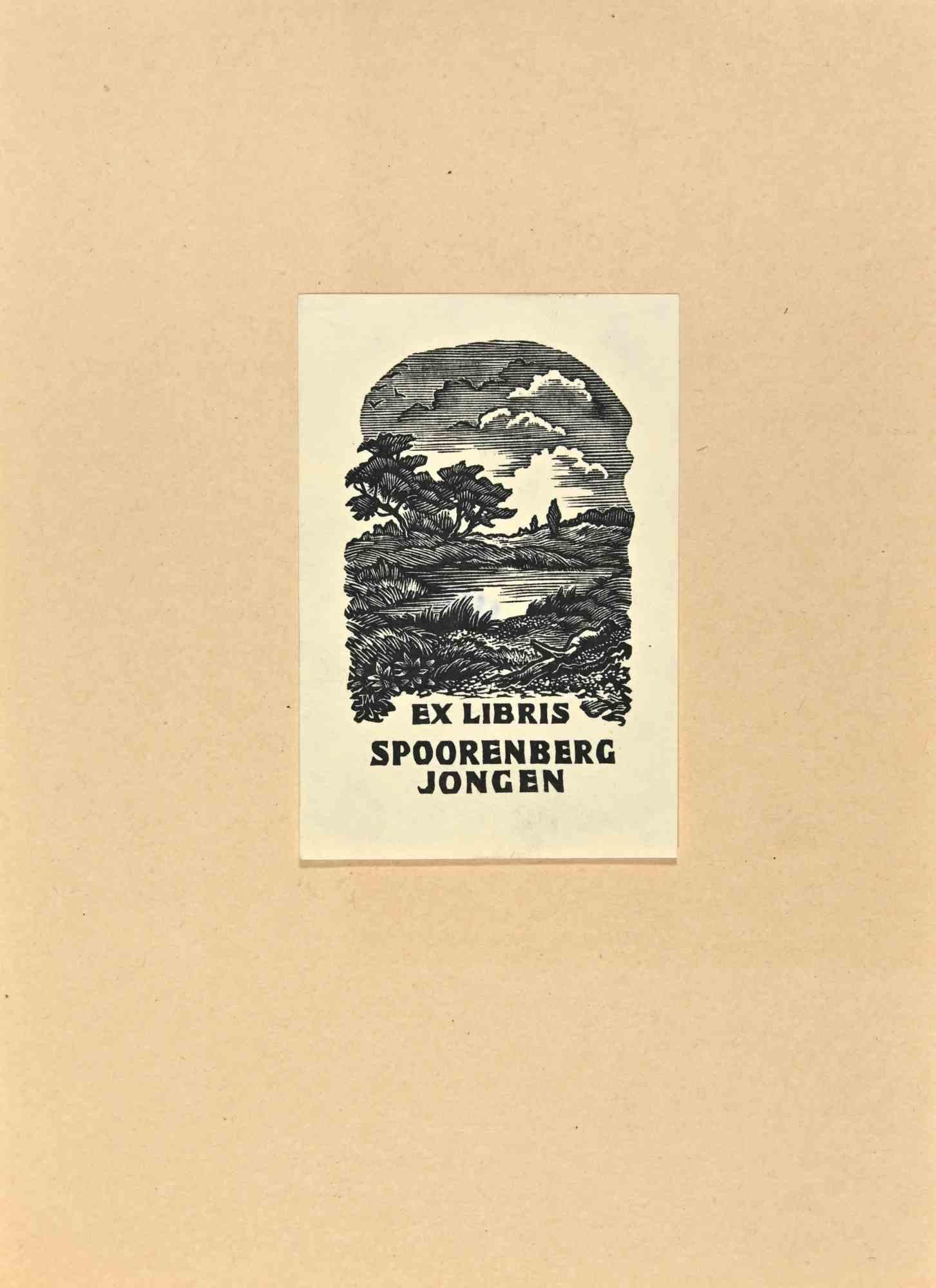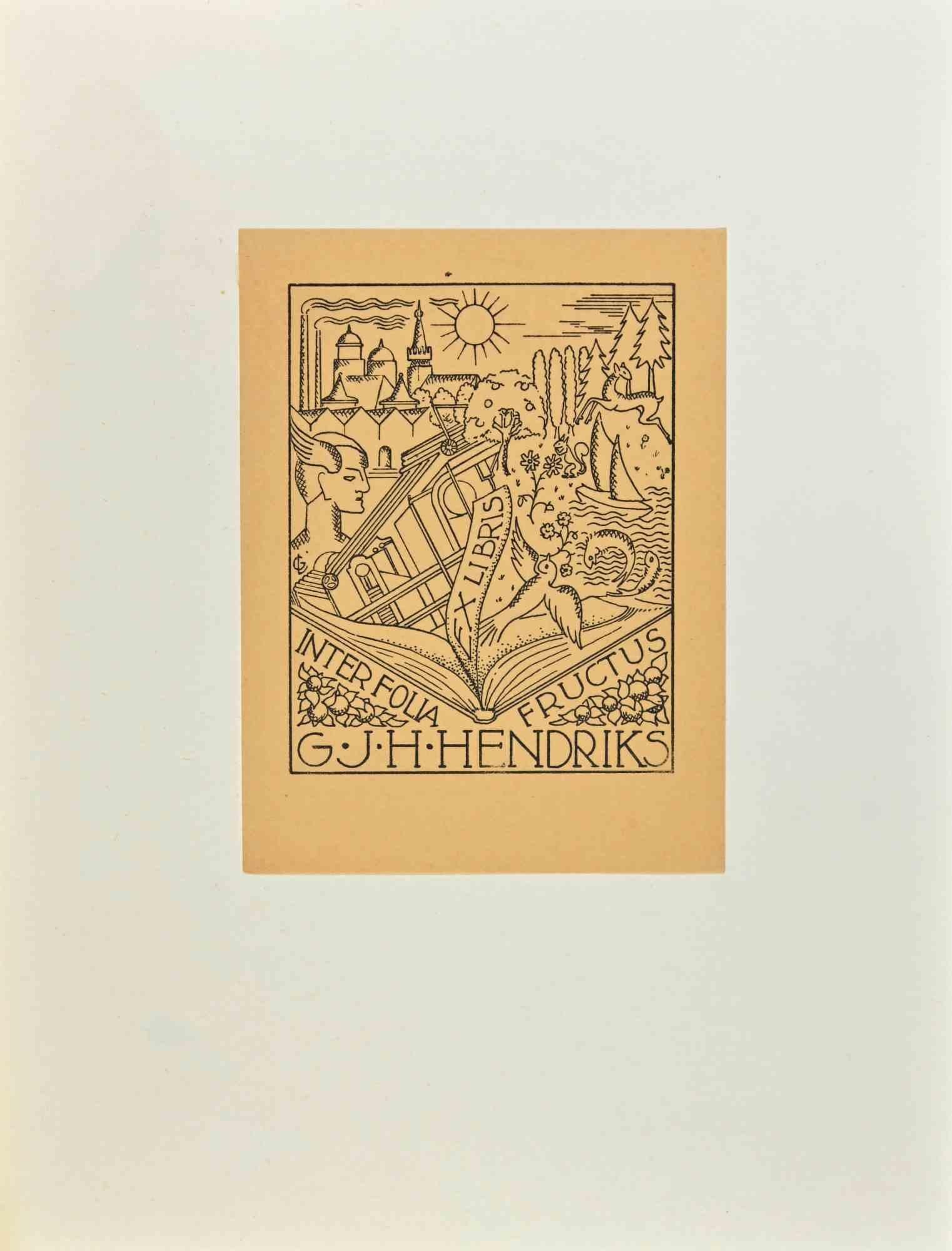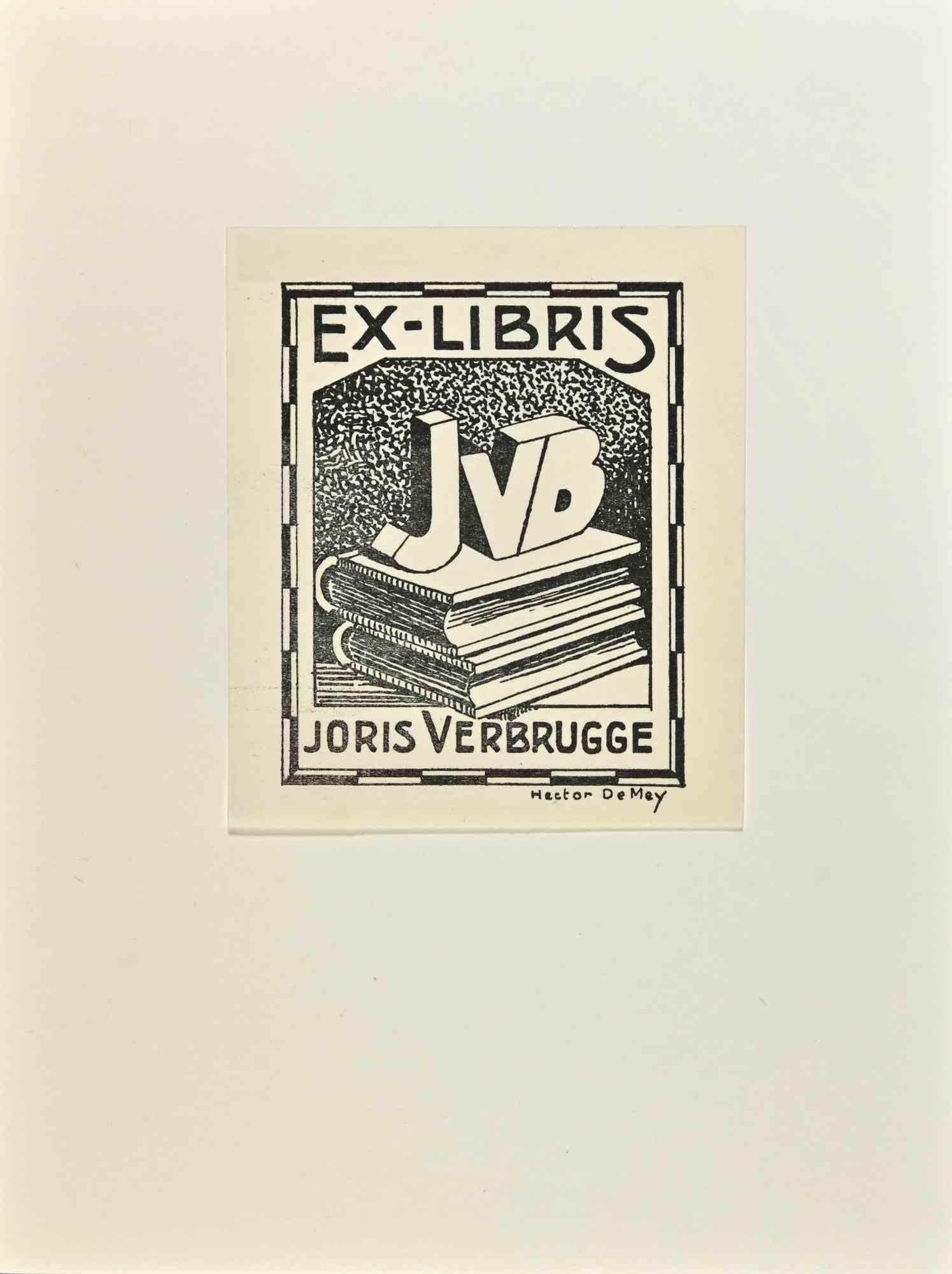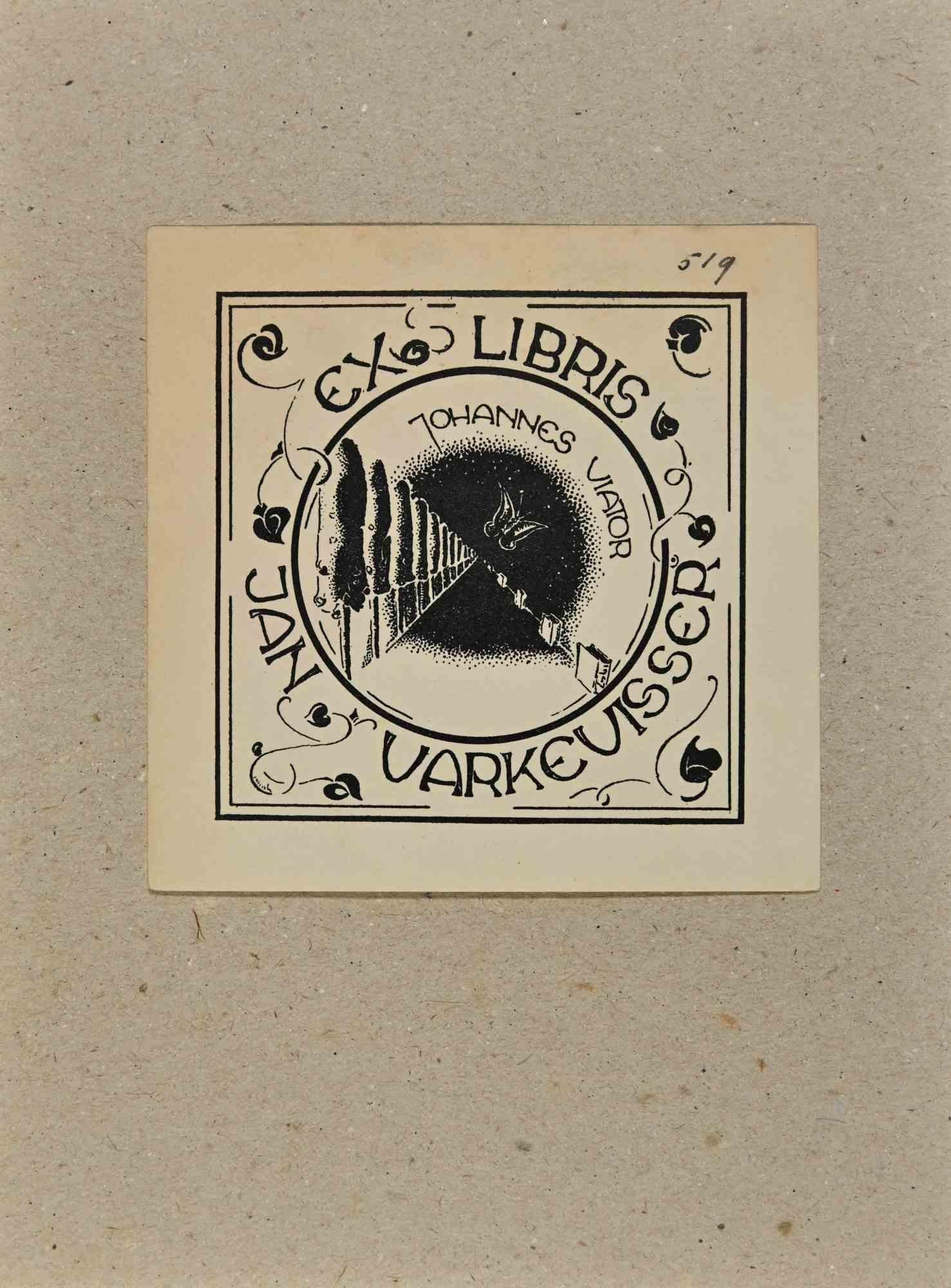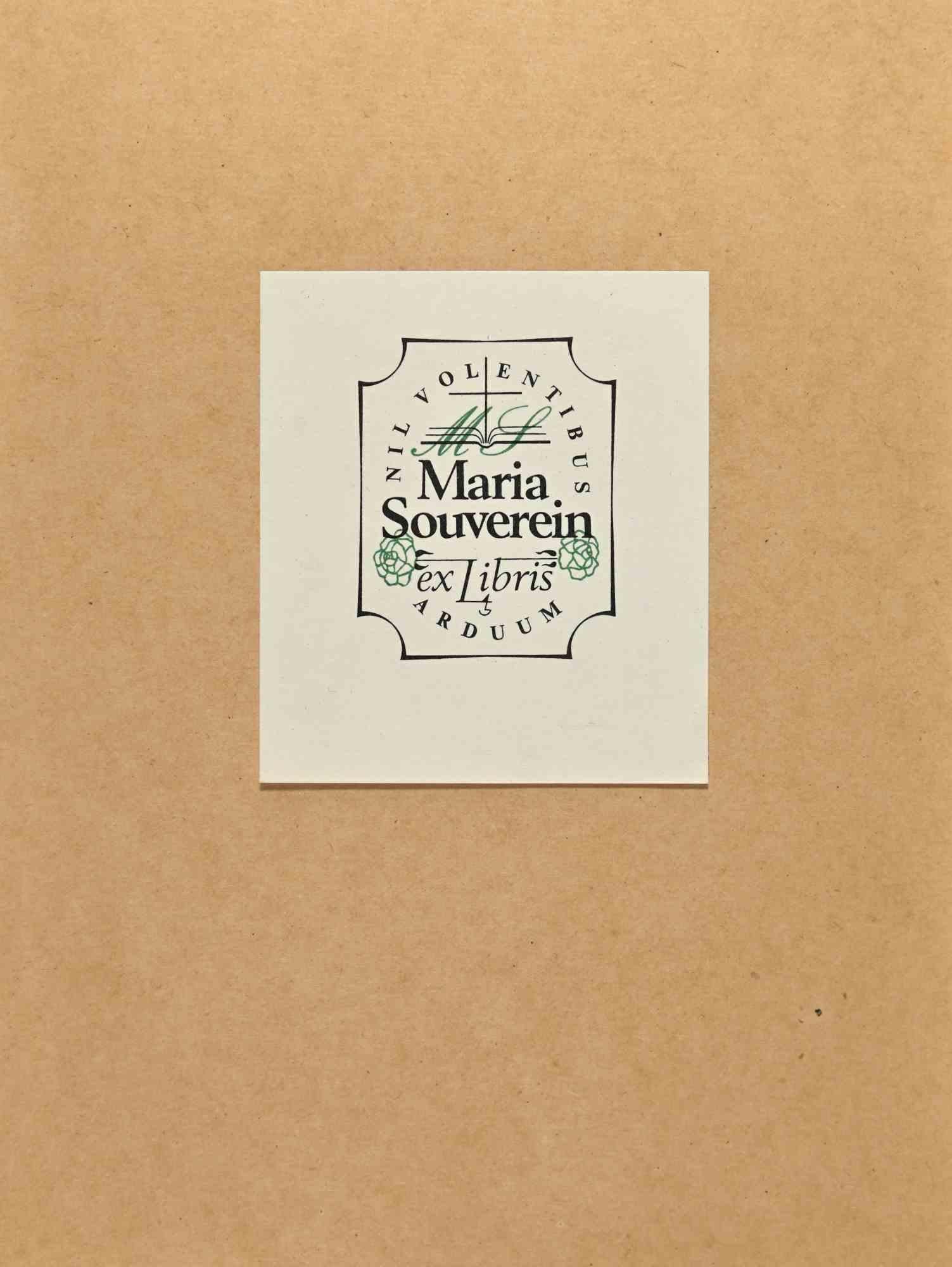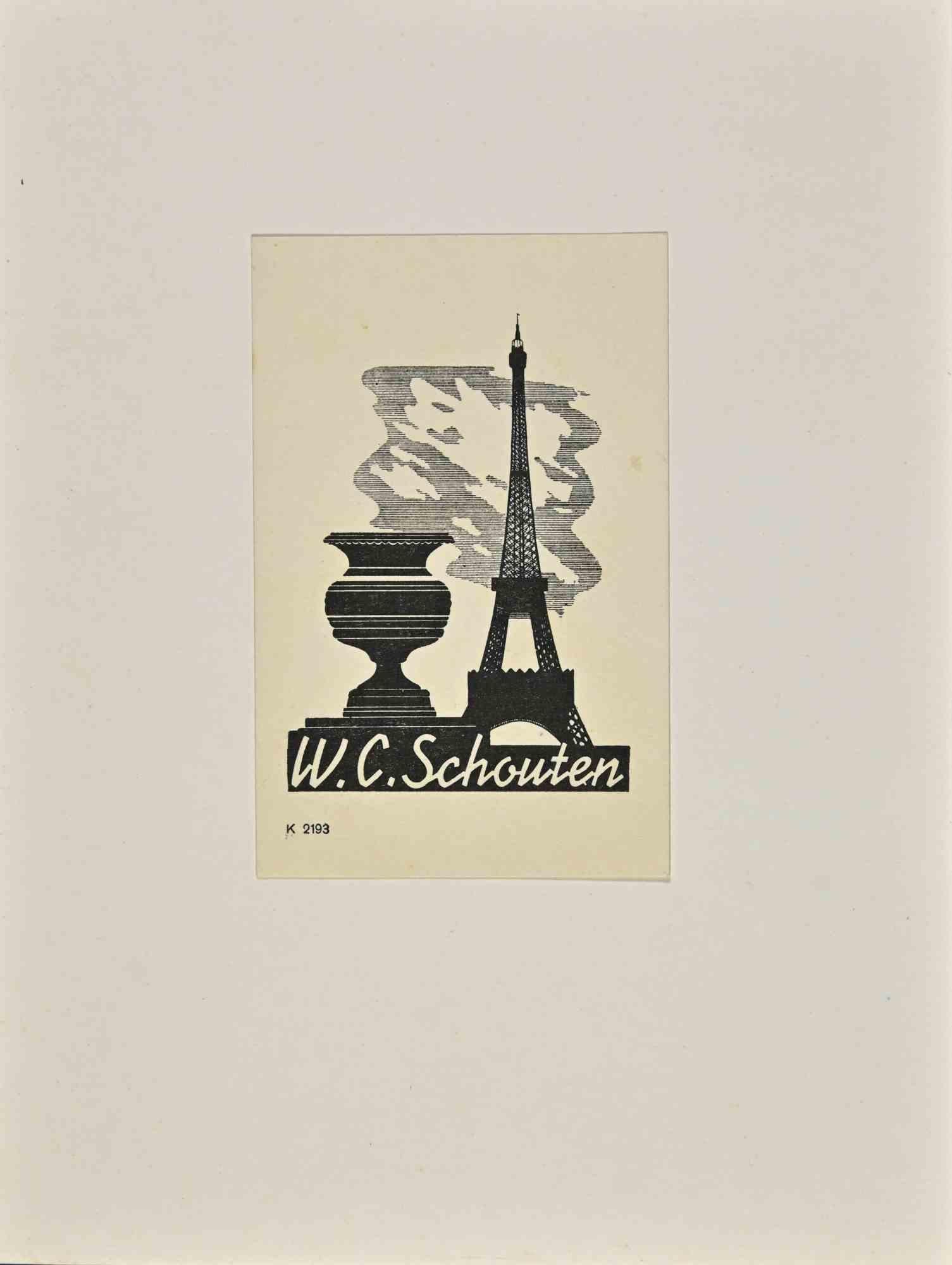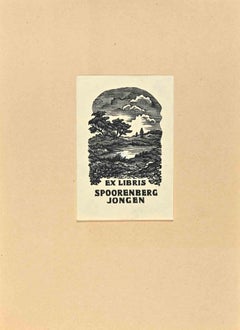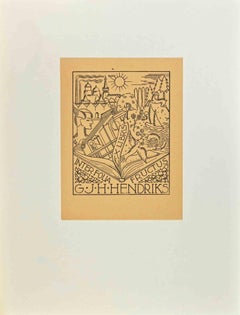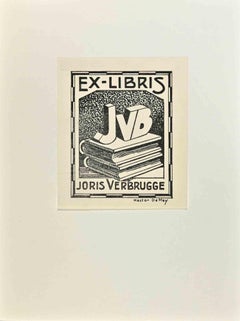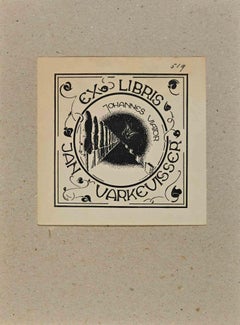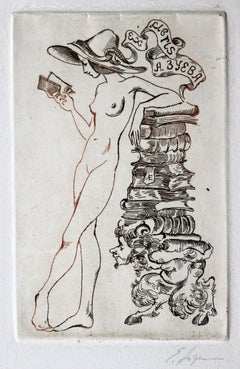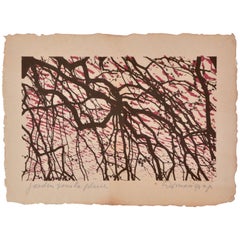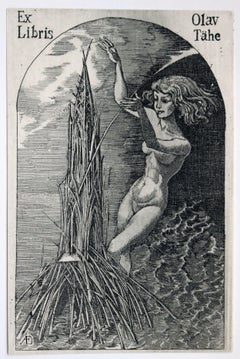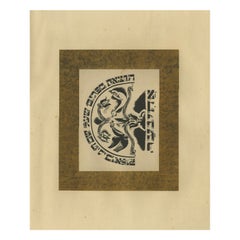Items Similar to Ex Libris - Johan Souverein - Woodcut Print - Mid-20th Century
Want more images or videos?
Request additional images or videos from the seller
1 of 2
UnknownEx Libris - Johan Souverein - Woodcut Print - Mid-20th CenturyMid-20th Century
Mid-20th Century
$167.15
£123.27
€140
CA$231.02
A$256.91
CHF 134.82
MX$3,132.88
NOK 1,704.15
SEK 1,597.71
DKK 1,065.84
About the Item
Ex Libris - Johan Souverein is a Modern Artwork realized in the mid-20th Century.
Woodcut print on paper.
Monogrammed on the lower.
The work is glued on a cardboard.
Good conditions.
- Creation Year:Mid-20th Century
- Dimensions:Height: 3.15 in (8 cm)Width: 2.56 in (6.5 cm)Depth: 0.04 in (1 mm)
- Medium:
- Period:
- Framing:Framing Options Available
- Condition:Insurance may be requested by customers as additional service, contact us for more information.
- Gallery Location:Roma, IT
- Reference Number:Seller: T-1463751stDibs: LU650313797182
About the Seller
4.9
Platinum Seller
Premium sellers with a 4.7+ rating and 24-hour response times
1stDibs seller since 2017
7,655 sales on 1stDibs
Typical response time: 2 hours
- ShippingRetrieving quote...Shipping from: Grasse, France
- Return Policy
Authenticity Guarantee
In the unlikely event there’s an issue with an item’s authenticity, contact us within 1 year for a full refund. DetailsMoney-Back Guarantee
If your item is not as described, is damaged in transit, or does not arrive, contact us within 7 days for a full refund. Details24-Hour Cancellation
You have a 24-hour grace period in which to reconsider your purchase, with no questions asked.Vetted Professional Sellers
Our world-class sellers must adhere to strict standards for service and quality, maintaining the integrity of our listings.Price-Match Guarantee
If you find that a seller listed the same item for a lower price elsewhere, we’ll match it.Trusted Global Delivery
Our best-in-class carrier network provides specialized shipping options worldwide, including custom delivery.More From This Seller
View AllEx Libris - Spoorenberg - Woodcut Print - Mid-20th Century
Located in Roma, IT
Ex Libris - Spoorenberg is a Modern Artwork realized in the mid-20th Century.
Woodcut print on paper.
The work is glued on a cardboard.
Good conditions.
Category
Mid-20th Century Figurative Prints
Materials
Woodcut
Ex Libris -Inter Folia Fructus. G.J.H. Hendriks - Woodcut - Mid-20th century
Located in Roma, IT
Ex Libris -Inter Folia Fructus. G.J.H. Hendriks is a Modern Artwork realized in Mid 20th Century.
Ex Libris. B/W woodcut on ivory paper.
The work is glued on cardboard.
Total d...
Category
Mid-20th Century Symbolist Figurative Prints
Materials
Woodcut
Ex Libris - Joris Verbrugge - Woodcut - Mid-20th century
Located in Roma, IT
Ex Libris - Joris Verbrugge is a Modern Artwork realized in Mid 20th Century.
B/W woodcut on paper.
The work is glued on cardboard.
Total dimensions: 20x 15 cm.
Excellent co...
Category
Mid-20th Century Symbolist Figurative Prints
Materials
Woodcut
Ex Libris - Jan Varkevisser - Woodcut - 1950s
Located in Roma, IT
Ex Libris - Jan Varkevisser is a Modern Artwork realized in Mid 20th Century
Ex Libris. B/W woodcut on ivory paper.
The work is glued on cardboard.
Total dimensions: 20x 15 cm...
Category
20th Century Modern Figurative Prints
Materials
Woodcut
Ex Libris - Maria Souverein - Woodcut - Mid-20th Century
Located in Roma, IT
Ex Libris - Maria Souverein is a Modern Artwork realized in the mid-20th Century.
Woodcut print on paper.
The work is glued on a cardboard.
Good conditions.
Category
Mid-20th Century Modern More Art
Materials
Paper, Woodcut
Ex Libris W.C. Schouten - Woodcut - Mid 20th Century
Located in Roma, IT
Ex Libris W.C. Schouten is a Modern Artwork realized in mid 20th Century.
B/W woodcut on paper.
The work is glued on cardboard.
Total dimensions: 20x 15 cm.
Mint conditions...
Category
Mid-20th Century Symbolist Figurative Prints
Materials
Woodcut
You May Also Like
Ex Libris. Paper, etching, 11x7 cm
Located in Riga, LV
Ex Libris A. Zuyeva
Paper, etching, 11x7 cm
Category
1990s Jugendstil Nude Prints
Materials
Paper, Etching
$171 Sale Price
20% Off
Jan Loman Lithograph, Artist Proof, 1994
By Jan Loman
Located in Los Angeles, CA
Jan Loman (Bolsward, 1919-2006)
Lithograph, Artist proof, signed, 1994
On mat-board
Measure: Height 9"
Width 12"
Jan Loman was born in Bolsward in 1918 and passe...
Category
1990s Dutch Scandinavian Modern Contemporary Art
Materials
Paper
Ex libris. Paper, woodcut, 11x7cm
Located in Riga, LV
Ex libris Olav Tähe
Paper, woodcut, 11x7cm
Category
1990s Jugendstil Nude Prints
Materials
Paper, Woodcut
$171 Sale Price
20% Off
Signet für den Verlag Achinar, 1923: Emblem Lithograph by Nathan Altmann
Located in Langweer, NL
The lithograph titled "Signet für den Verlag Achinar" (Signet for the Publisher Achinar) by Nathan Altman is a remarkable piece from the "Jüdische Graphik" series, created in 1923. T...
Category
Vintage 1920s Prints
Materials
Paper
$1,027 Sale Price
30% Off
Eva und die Schlange, 1923: Avant-Garde Lithograph by Nathan Altmann
Located in Langweer, NL
"Eva und die Schlange" (Eve and the Snake) by Nathan Altman is anintriguing lithograph from the "Jüdische Graphik" series produced in 1923. This artwork features a compelling and symbolically rich depiction of Eve entwined with the snake, set against the same burnished gold background that characterizes other prints from this series. The use of black and white lithography enhances the dramatic interplay between the figures, highlighting themes of temptation and knowledge that are central to the Biblical story of Eve.
In this print, Altman's avant-garde sensibilities are evident in the stylization of the figures and the expressive, almost abstract forms of the snake and foliage. The inclusion of Hebrew text further anchors the piece within its Jewish cultural context, possibly adding layers of interpretation related to wisdom, sin, and redemption.
As with the other prints from this series, the limited edition of only 250 copies increases its rarity and value. Altman's work not only captures significant biblical narratives but also reflects the broader themes of cultural identity and modernist experimentation in the early 20th century. This print serves as a fascinating example of how traditional stories are reinterpreted through modernist artistic lenses, making it a valuable piece for collectors and admirers of Jewish and avant-garde art.
Altmann’s choice of a burnished gold background not only enriches the visual impact but also elevates the symbolic elements, giving the artwork a solemn and revered quality. This specific piece, like others from the series, was produced in Berlin by the publisher "Petropolis," reflecting the vibrant Jewish artistic community that existed in pre-war Europe. Altmann’s work, especially given his background as a Jewish artist in Soviet Russia, often navigated between his cultural identity and the broader avant-garde movements, making each of his pieces historically and artistically significant. This print, considering its rarity and the mystery surrounding the number of surviving copies, is an exceptional representation of Jewish cultural history intertwined with early 20th-century art movements.
Nathan Altman was an influential figure in the Russian and Soviet avant-garde movement. Born in 1889 in Vinnytsia, Ukraine, he studied at the Odessa Art School, later moving to Paris to further his education at the Academie de la Grande Chaumiere. Altman's style evolved over the years, showing strong influences from Cubism and Futurism, which are evident in his approach to stage design and book illustration as well.
Altman's contributions extend beyond visual arts; he was also notable for his set designs for Jewish theaters...
Category
Vintage 1920s Prints
Materials
Paper
$1,027 Sale Price
30% Off
Programm eines Abendkonzerts, 1923: Avant-Garde Lithograph by Nathan Altmann
Located in Langweer, NL
The lithograph titled "Programm eines Abendkonzerts" (The Program of an Evening Concert) by Nathan Altman is a beautifully crafted piece from the "Jüdische Graphik" series, produced ...
Category
Vintage 1920s Prints
Materials
Paper
$1,027 Sale Price
30% Off
More Ways To Browse
Midcentury Modern Prints
The Great Escape 1963
Used Wedding Veils
Vintage Cardinal Print
Vintage Cat Pillow
Vintage German Shot Glasses Shot Glasses
Zodiac Poster
Charles M Russell
Cocteau Moretti
Dali Iseult
Empire Piano
Flower Pot Italian White
George Wright Print
Georges Braque Greek
Jacob Lawrence Lithograph
Jean Cocteau And Raymond Moretti
Korean Woodblock
Lichtenstein Yale
